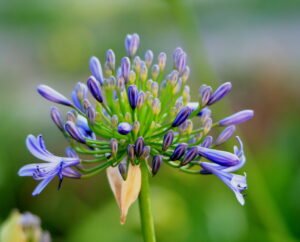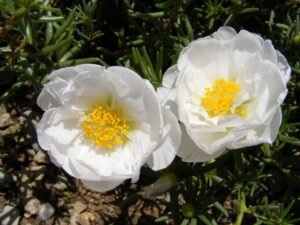What is Potash Fertilizer and How to Use It on Plants
When it comes to plant nutrition, fertilizers play a crucial role in providing the necessary nutrients for healthy growth. One such fertilizer that is widely used in gardening is potash fertilizer. In this article, we will explore what potash fertilizer is, its benefits, and how to use it effectively on plants.

For proper growth, a plant needs 9 macronutrients and 8 micronutrients. Macronutrients are chemical elements that are required in large quantities by plants.
These 9 macronutrients are nitrogen (N), potassium (K), calcium (Ca), phosphorus (P), magnesium (Mg), sulfur (S), oxygen (O), carbon (C), and hydrogen (H).
Deficiency of these macronutrients can cause stunted plant growth, and ultimately, malnourished plants can die.
What is Potash Fertilizer?
Potash fertilizer is a type of fertilizer that contains potassium, an essential nutrient for plant growth. It is derived from naturally occurring minerals such as potassium chloride, potassium sulfate, and potassium nitrate. Potash fertilizer is known for its high potassium content, which helps plants in various ways.
Benefits of Potash Fertilizer
Potash fertilizer offers several benefits to plants:
- Promotes overall plant health: Potassium is vital for plant growth and development. It helps in the synthesis of proteins, carbohydrates, and enzymes, which are essential for various plant functions.
- Enhances root development: Potash fertilizer aids in root development, allowing plants to absorb water and nutrients more efficiently.
- Improves disease resistance: Plants with stronger cell walls are more resilient to pests and diseases. Potassium promotes this in plant.
- Increases yield and quality: Potash fertilizer promotes flower and fruit formation, leading to higher crop yields and improved quality.
When to Apply Potash Fertilizer
The timing of potash fertilizer application depends on the specific needs of your plants. Here are some general guidelines:
- At planting: Incorporate potash fertilizer into the soil before planting to provide a good foundation of nutrients for the growing plants.
- During the growing season: Apply potash fertilizer during the active growth period of your plants. This is typically when they are producing flowers or fruits.
- Before winter: For perennial plants, it is beneficial to apply potash fertilizer in late summer or early fall. This helps them store nutrients for the winter and promotes healthy growth in the following season.
How to Use Potash Fertilizer
Here are some steps to effectively use potash fertilizer on your plants:
- Soil testing: Before applying potash fertilizer, it is recommended to conduct a soil test to determine the nutrient levels and pH of your soil. This will help you understand if your plants require additional potassium.
- Calculating the application rate: Based on the soil test results and the specific crop you are growing, calculate the appropriate application rate of potash fertilizer. This will ensure that you provide the right amount of potassium without overdoing it.
- Uniform application: Spread the potash fertilizer evenly over the soil surface or incorporate it into the soil if recommended. This will ensure that the nutrients are distributed properly and reach the plant roots.
- Watering: After applying potash fertilizer, water the plants thoroughly. This will help dissolve the fertilizer and facilitate nutrient uptake by the plants.
- Monitor plant response: Keep an eye on your plants’ growth and health after applying potash fertilizer. Observe any improvements or changes and adjust the fertilizer application if necessary.
Conclusion
Potash fertilizer is a valuable tool for promoting healthy plant growth and maximizing crop yields. Its high potassium content provides numerous benefits, including improved overall plant health, enhanced disease resistance, and increased yield and quality. By understanding when and how to apply potash fertilizer, you can ensure that your plants receive the necessary nutrients for optimal growth and productivity.






